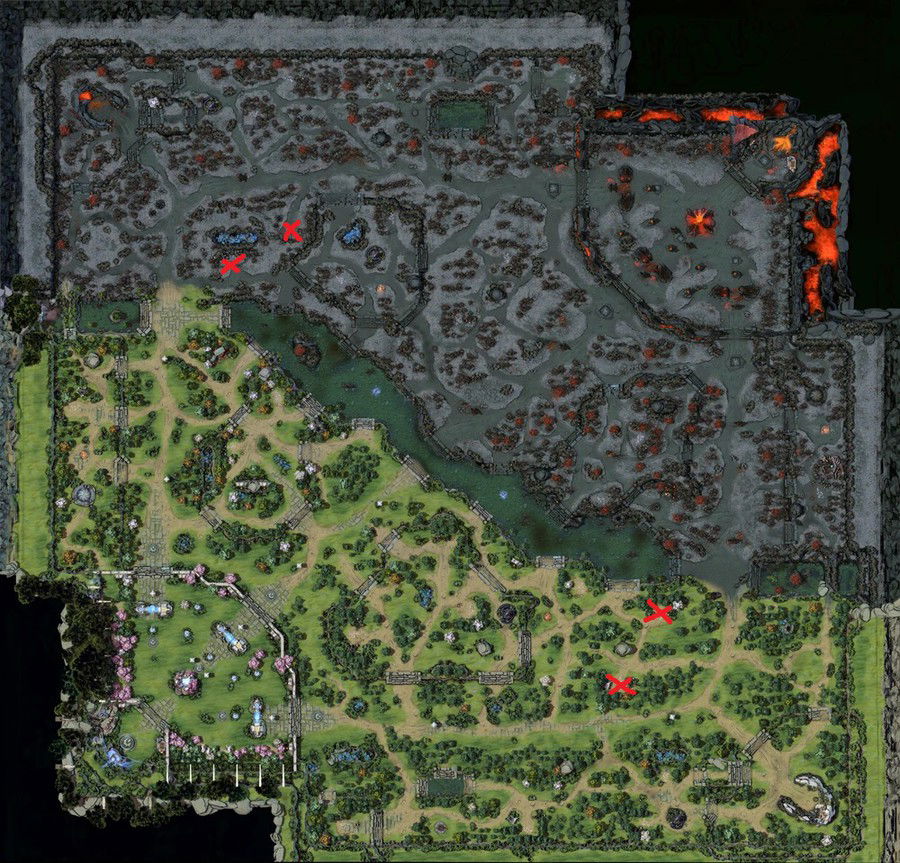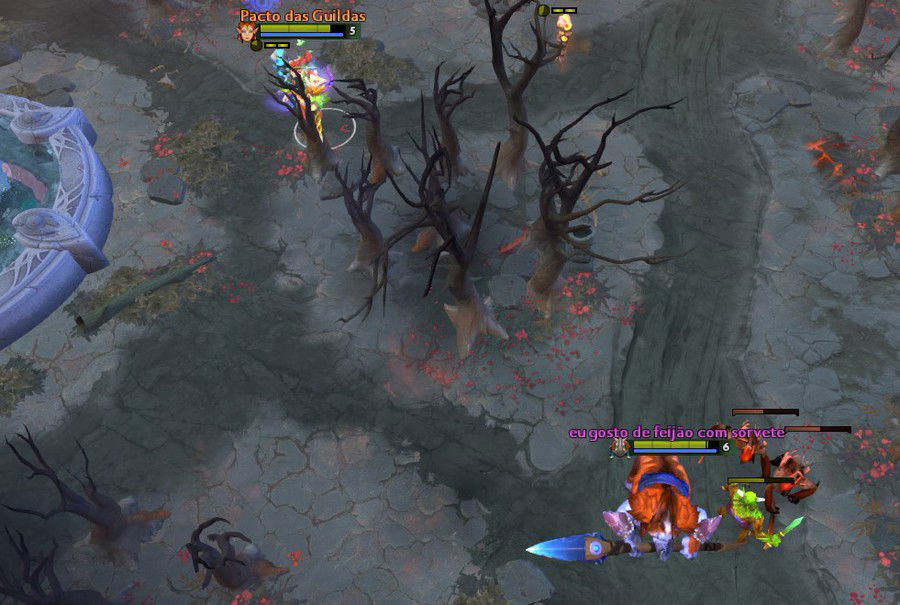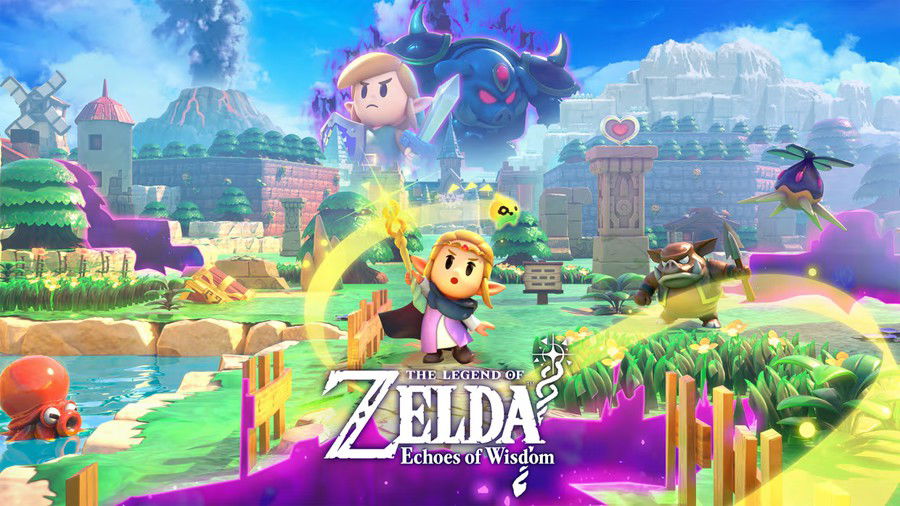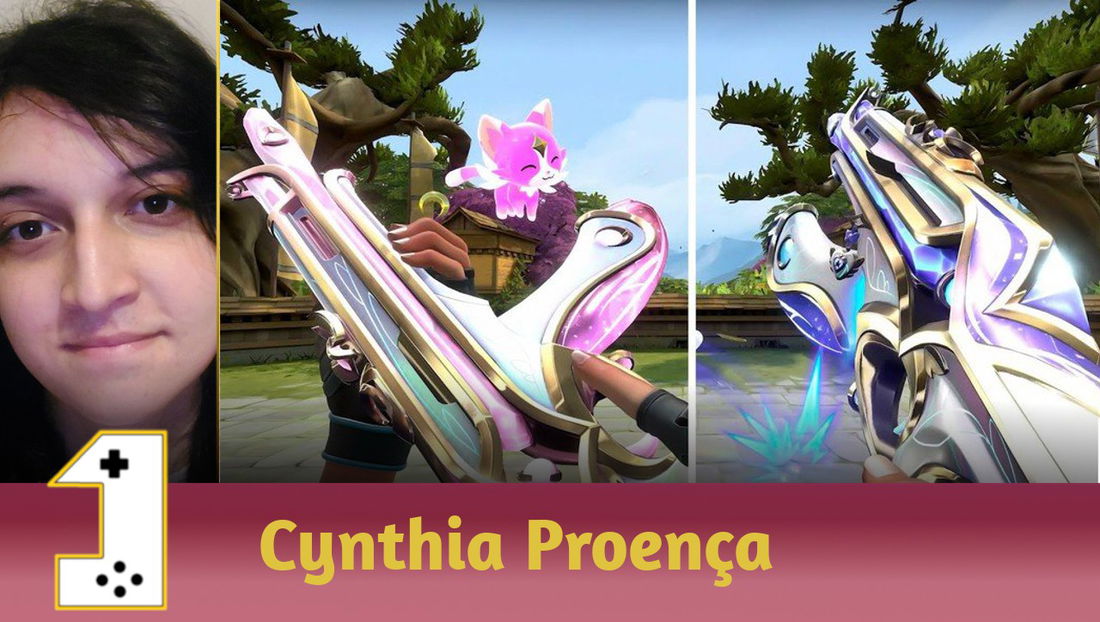What is a Support in DOTA?
Within teams, there are functions, roles that each player will play to lead their team to victory. Therefore, heroes are different from each other and have different skills, as they are specifically made to fulfill certain functions and facilitate the player's role.
We can divide the support function into two subcategories, Support 4 (or Pos 4) and Support 5 (or Pos 5).
Support 4
Support 4 is normally a player who works alongside the offlaner and focuses more on combat and farming than the other support. Heroes with abilities that can disable enemies or who can easily gank are good candidates for Sup 4. Examples include Shadow Shaman, Spirit Breaker, Undying, Lion and Jakiro.
Support 5
The Sup 5, also called hard support, will act alongside the Carry and focus much less on farming than the rest of the team and more on helping their HC, whether guaranteeing vision, controlling the terrain and the lane, accumulating creeps in the jungle or keeping enemy heroes away from your companion. Healing abilities and effects that help the team survive are positive points for a good Pos 5. Examples include Witch Doctor, Crystal Maiden, Treant Protector, Dazzle and Rubick.
Important Concepts and Mechanics
Dota 2 has some mechanics that the player should know well. If they are mastered correctly, they can make a total difference in the lane phase and impact the course of the game.
Pull
Pull is nothing more than using the jungle creep camp to restrict the advance of lane creeps. You will make more pulls to keep the lane back at the right times so that your carry can farm safely.
Stack
Stack is basically attracting jungle creeps away from the camp to create more creeps in that same camp, generating a stack of creeps to give more xp and gold to your core. Some heroes can farm this way very early and can benefit from this strategy. Stacks are more complex, as they can be used against you if the enemy team ends up stealing the farm or catching you off guard in the jungle.
Harass
This is the process of dealing damage to enemy heroes during the lane phase to disrupt their farm while gaining space in the lane and paving the way for a possible kill. A well-executed harass by the support forces enemies to retreat and return to base to recover, in addition to spending gold on more sustain items, which opens up an early game advantage for your duo.
Hard Camp
Hard Camp is the area where jungle creeps spawn, in the location closest to the level 1 tower, where you will transit. Each team has a hard camp next to their tower and can use it for pulls and stacks. One of the main roles of the support in the early game is to block the enemy hard camp.

Warding
Information is a crucial factor in DOTA, and terrain vision offers this information. The jungle needs to have vision so that not only you but your teammates can safely move around the map and detect enemy movement.
Enemies will try to obtain information from your team using the wards, and it is the support's job to prevent this from being done. Vision in the advanced stages of the game is also important to gain territory as the lane advances and prepare possible ambushes, cornering the enemy team at the base and imposing pressure. Defending the wards at all stages of the game is the role of the team as a whole, but it’s the support who is responsible for regulating this strategy.

Positioning
Positioning yourself on the map at any stage of the game is essential. In the case of supports, you will usually be playing with a physically weaker hero who attacks from a distance, in addition to having skills that require the element of surprise. Positioning yourself with unnecessary exposure can end up resulting in death, which can hinder the team in a Team Fight, or put the carry in danger and allow the enemy to grow in the game.
During the lane phase, it is important to control the Lotus Pool, which will allow you and your core to advance better in the lane, being as essential as controlling the jungle, maintaining map vision, denying possible enemy stacks and neutralizing the support of the other team, as well as taking advantage of an opening to secure some kills. Some supports can benefit from stealing kills, such as Lion and his Finger of Death, so positioning yourself correctly to benefit from TFs is essential for Sups.
During the lane phase, you must also know how to position yourself correctly in the lane, and this includes movement and routes used. The Lotus Pool and runes must be collected and controlled. The support must keep moving at all times while attacking enemies and performing lane control. It may seem complex, but it just requires practice.

Support Items
Items and builds are another aspect which can define games. Items are essential for heroes and, in the case of supports, they can make all the difference in the game's decision.
In the opening minutes, Support 4 and 5 items will be practically the same. Sustain items like Tango and Magic Stick, control items like wards and Blood Grenade. In the case of Support 5, it is always good to have 6 tango charges to help the hard carry.
As time progresses, the builds for each hero change, but a common factor that can be noted is that both supports will use items that influence combat and will often be responsible for making items deal with specific skills or heroes. .

Aghanim’s Scepter and Shard
A must-have item for almost all heroes, these tools will improve a skill or grant an extra ability.
Witch Doctor, for example, needs the Shard as soon as possible to enable their Voodoo Switcheroo, which is basically a second ultimate and can be combined in sequence with the original. Their original ult can be further improved with Scepter, making the Doctor act as a bomber in the late game, often eliminating opponents in one go with just his combination of skills.
Disable
Disabling enemy heroes is one of the most important support functions, be it by removing a carry from the team fight or silencing a rival support.
Scythe of Vyse is a good example of an item for disable, allowing you to not only silence the target, but also prevent them from attacking, move slowly and dispel illusions. Wind Waker is another item with a similar function, being an upgrade of Eul’s Scepter of Divinity, an item which is in the initial build of most heroes. Additionally, Wind Waker can be used on allies to protect them, or on yourself.
Escape
Entering and exiting team fights and being able to move safely is vital for any hero, especially for Supports, who prefer to act in the rearguard, casting forth their skills. For this reason, items that enable this safe movement must be present in your build from the beginning of the game.
Glimmer Cape is one of the most classic items for supports and in addition to the bonuses it offers, it allows you to become invisible (you can cast this ability on allies) and its invisibility does not interrupt your skills, which allows you to ult and remain invisible while performing the ult, being essential for heroes like Crystal Maiden and Witch Doctor, whose ults are channeled.
Tips
Final Considerations
Every role is valuable in DOTA, but supports are perhaps the heroes with the most responsibilities in the game. I like to compare teams to rock bands: if the carry is the vocalist and frontman, then I can say that the support is the drummer and the guy who will have to use all their members to harmonize and dictate the rhythm that the band should follow.
If you are a player who likes to take on multiple roles and prefers to position yourself more strategically in combat, casting your spells and making life difficult for enemies, then this is the perfect role for you in DOTA 2.
I hope that with this article you can understand the main concepts of being a good support and that you are prepared to delve even deeper into this role in the game. Leave your suggestions, compliments and/or criticisms in the comments.
Thanks for reading, and see you next time.














— Comments 0
, Reactions 1
Be the first to comment